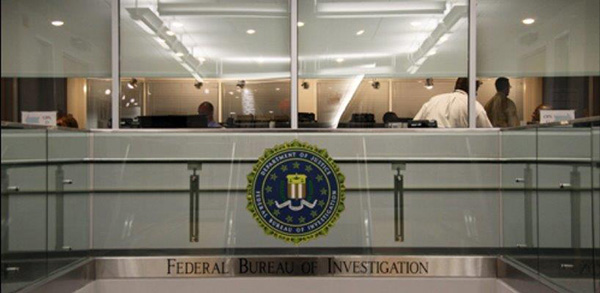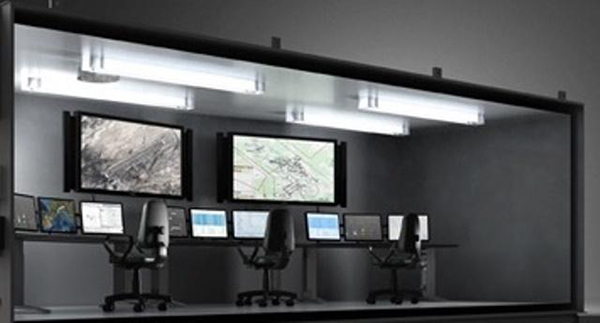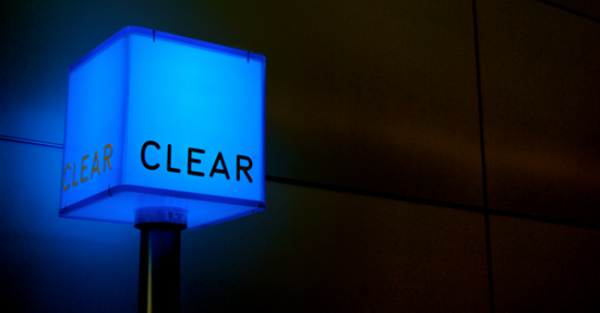Sensitive Compartmented Information (SCI)
"Does possessing a Top Secret security clearance mean you have a TS/SCI security clearance?”
The answer is No.
As the definition of SCI states, there is a requirement that the individual has a need to obtain the information and is read into the program. It is possible to undergo the Single Scope Background Investigation (SSBI) required to access Top Secret information without being read into an SCI program. SCI access can also be granted at the Secret level as well.

Sensitive Compartmented Information (SCI) is a subset of classified national intelligence. SCI is a type of United States classified information concerning or derived from sensitive intelligence sources, methods or analytical processes. All SCI must be handled within formal access control systems established by the Director of National Intelligence. Although some sources refer to SCI control systems as special access programs (SAPs), the intelligence community itself considers SCI and SAPs distinct kinds of controlled access programs. SCI is not a classification. SCI clearance has been called "above Top Secret”, but information at any classification level may exist within an SCI control system. When "de-compartmented," this information is treated no differently than collateral (Confidential/Secret/Top Secret) information at the same classification level.
Eligibility for access to SCI is determined by an SSBI or PR. Because the same investigation is used to grant Top Secret clearances, the two are often written together as TS/SCI. Eligibility alone does not confer access to any specific SCI material - it is simply a qualification. Individuals with a security clearance may be “read into” SCI as a part of their jobs. One must receive explicit permission to access an SCI control system or compartment. This process may include a polygraph or other approved investigative or adjudicative action. Once it is determined a person should have access to an SCI compartment, they sign a nondisclosure agreement, are "read in" or indoctrinated and the fact of this access is recorded in a local access register or in a computer database. Upon termination from a particular compartment, the employee is “read out” or debriefed and again signs the nondisclosure agreement.
Once granted SCI access, the successful candidate must sign a SCI Non-Disclosure Agreement and receive an initial briefing. The Cognizant Security Authority (CSA) presents both. The Cognizant Security Authority also must present annual “refresher” briefings to individuals with access to classified materials. Individuals with TS/SCI access require periodic reinvestigations every five years. When there’s no longer a need for SCI access, the Cognizant Security Authority is responsible for debriefing the affected individual. Once debriefed, the individual must sign a Security Debriefing Acknowledgement form.
The government may wish to limit certain types of sensitive information only to those who work directly on related programs, regardless of the collateral clearance they hold. Thus, even someone with a collateral DoD Top Secret clearance cannot gain access unless it is specifically granted.
So, to reiterate, you can have a Confidential, Secret or Top Secret security clearance yet still be denied access to Sensitive Compartmented Information (SCI). You can have minor issues in your background and still be granted Confidential, Secret or Top Secret eligibility. But, for a sponsorship for SCI access, you usually cannot have any issues whatsoever in your background. You basically need to be extra “squeaky clean.” Also, in most instances, barring any major adjudicative issues, you will be able to retain your collateral clearance (Confidential/Secret/Top Secret) despite being denied access to an SCI-related program, facility or information system. (See the example below.)
Sensitive Compartmented Information Facility (SCIF)
In United States security and intelligence parlance, a Sensitive Compartmented Information Facility (SCIF; pronounced "skiff") is an enclosed area within a building that is used to process Sensitive Compartmented Information (SCI) types of classified information. SCI is classified information concerning or derived from intelligence sources, methods or analytical processes which is required to be handled within formal access control systems established by the Director of National Intelligence (DNI).

Some entire buildings are SCIFs where all but the front foyer is secure. Access to SCIFs is normally limited to those with clearance. Non-cleared personnel in SCIFs must be under constant oversight to prevent unauthorized access to classified material; as part of this process, non-cleared personnel are typically required to surrender recording and other electronic devices. All of the activity and conversation inside is presumed restricted from public disclosure. A SCIF can also be located in an air, ground or maritime vehicle or can be established on a temporary basis at a specific site.
Special Access Programs (SAPs)
“A program established for a specific class of classified information that imposes safeguarding and access requirements that exceed those normally required for information at the same classification level.”

SAPs in the federal government of the United States of America are security protocols that provide highly classified information with safeguards and access restrictions that exceed those for regular (collateral) classified information. A SAP may impose more stringent investigative or adjudicative requirements, specialized nondisclosure agreements, special terminology or markings, exclusion from standard contract investigations (carve-outs) and centralized billet systems. It may be a type of black project. A SAP can only be initiated, modified and terminated within their department or agency. Examples of SAPs include the following: SCI, NATO, CNWDI, RD, FRD and SIOP-ESI.
The Special Access Program (SAP) is a high state of enforced need-to-know and only a minimum number of cleared employees are given access to SAP information. For example, those with SAP access have clearances at the SECRET and TOP SECRET levels. Conversely, not all those cleared for SECRET and TOP SECRET have access to SAP information. It is established to control access, distribution and provide protection for sensitive classified information beyond that normally required.
The National Industrial Security Program Operating Manual (NISPOM) states that SAP access is a determination made by the granting authority (club sponsor). In other words, all employees cleared to the SECRET and TOP SECRET levels are fundamentally eligible for SAP access. All they need is an invitation by someone who has determined their need-to-know.